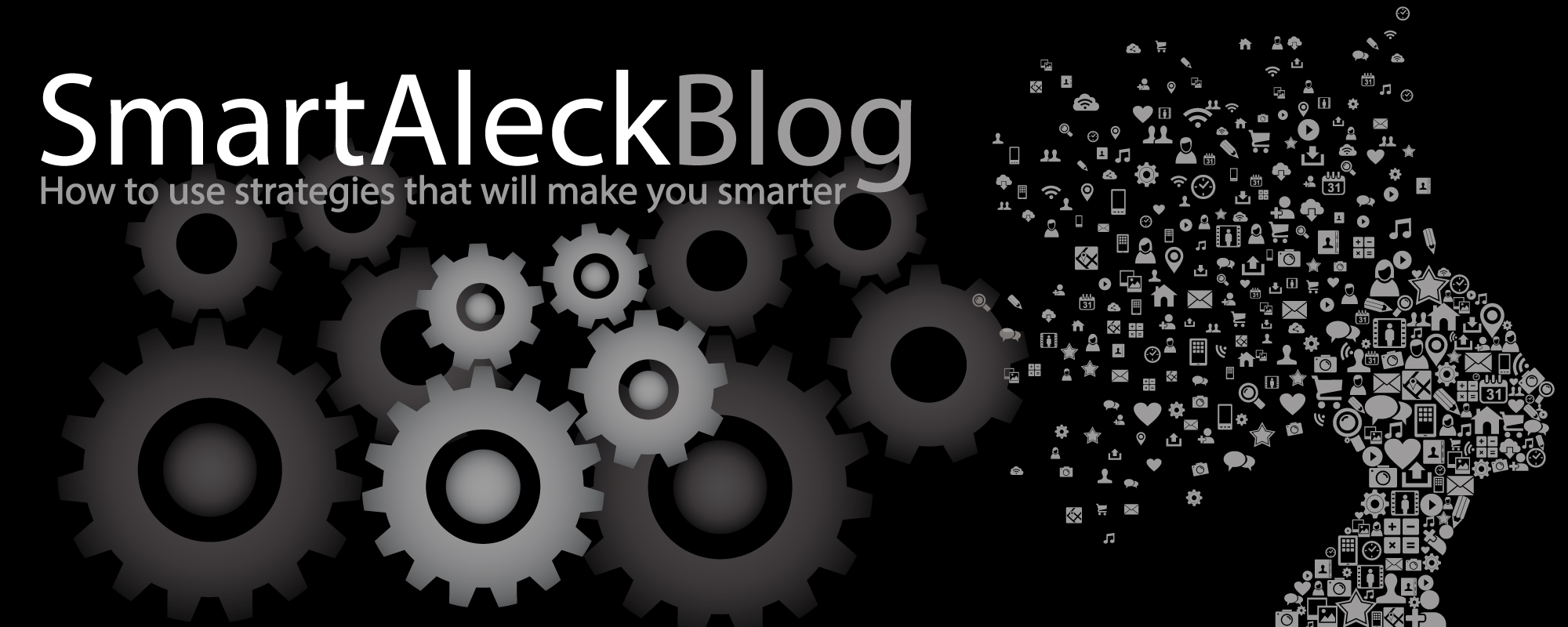
The What? So What? Now What? This reflection model is a useful way to analyze self-regulated learning (SRL). Here’s how it applies:
1. What? (Describe the experience)
Self-regulated learning refers to the ability of learners to plan, monitor, and assess their learning processes. It includes setting goals, managing time, maintaining motivation, and adjusting strategies based on feedback.
- Have you used self-regulated learning strategies?
- What specific strategies did you use (e.g., goal setting, self-monitoring, time management)?
- What were the challenges or successes?
2. So What? (Analyze the significance)
This step focuses on understanding the impact of self-regulated learning.
- How did self-regulation affect your learning outcomes?
- What did you learn about your ability to manage and control your learning?
- What worked well, and what could have been improved?
- How did self-regulated learning contribute to your academic or professional success?
3. Now What? (Apply learning to future practice)
This step involves planning for future improvements.
- How will you refine your self-regulated learning strategies moving forward?
- What specific actions will you take to enhance your self-regulation skills?
- How can you apply these strategies in different learning or professional contexts?
By using this framework, you can critically assess your self-regulated learning process and make intentional improvements for continued growth. Would you like help applying this to a specific learning experience?

